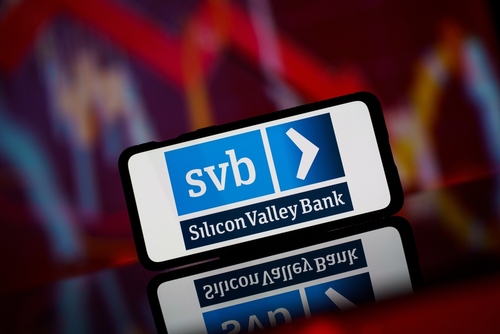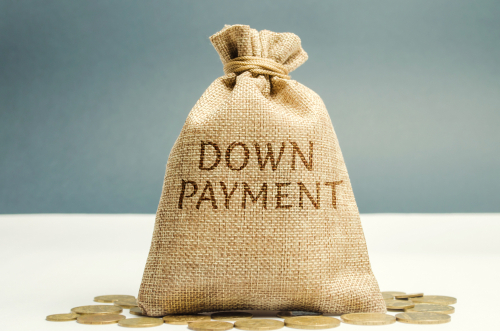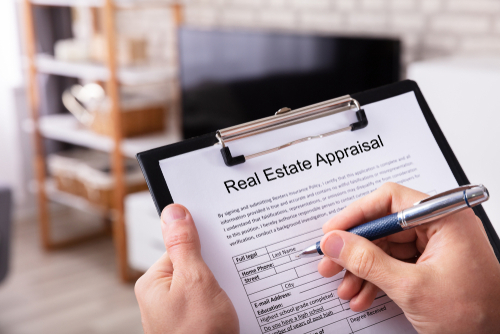If you read financial news, you will read a lot about the “housing market.” Most of it will seem to circle around homeownership — not real estate investing. Very little breaking financial news directly addresses the concerns of real estate investors … even turnkey single-family real estate investors like the clients of MartelTurnkey.
It becomes necessary, then, to learn to “read between the lines” of the financial news — to pick around the details that speak directly to homeowners or aspiring homeowners, and discover the hidden messages that real estate investors can use to select a market, pick a property, and exit with the highest-possible ROI.
Let’s explore the main economic drivers affecting the housing market and discuss strategies for investors to thrive in this environment.
Demand and Supply Dynamics
One of the most fundamental economic forces in the housing market is the balance between supply and demand. This is Econ 101 — when demand for single-family homes outpaces the available supply, prices tend to rise. If you already own real estate in such a market, you may reap the benefit through increased property values … but the market will become more expensive to enter and possibly have less headroom for appreciation.
However, when there is an oversupply of homes, prices can stagnate or even decline. This is bad news for current property owners. The low prices may be tempting, but if there are more available rental homes than there are renters, the new landlord in the market may face long periods of vacancy and disappointing rental rates.
To stay ahead of the game, investors should closely monitor local market conditions, including population growth, employment trends, and new housing development projects. This information can help to gauge the potential for future demand and identify undersupplied areas with strong investment potential.
One of the most important metrics to look for is the Th. This measures how fast new homes on the market are getting taken. You should be able to find absorption rates for both purchases as well as rentals. If the current supply of homes is taking an average of only 30 days to get absorbed, demand is red-hot and you might expect to enjoy steep appreciation, high rental revenue, and little vacancy.
If, on the other hand, the housing supply is taking twelve months to absorb, you know houses are sitting on the market and/or vacant, depressing purchase and rent values and possibly portending large vacancy losses for your rental property.
Interest Rates and Financing
Interest rates play a significant role in the housing market, affecting both property prices and the cost of financing for investors. As interest rates rise, borrowing becomes more expensive, leading to reduced demand for homes and potentially lower property values. On the other hand, low-interest rates can spur demand, driving up prices and rental rates.
When rates are low, it may be an opportune time to acquire properties or refinance existing loans to lock in a lower interest rate. During periods of rising rates, home prices can actually go down as mortgages become more expensive. These low home prices can be tempting, but investors should be cautious about over-leveraging and carefully assess the potential impact on their cash flow.
Read more about the impact of changing interest rates on real estate investors here.
Inflation
Inflation is another important economic factor to consider in the housing market. Higher inflation can lead to rising construction costs, which can put upward pressure on home prices. Moreover, as inflation erodes the purchasing power of money, investors may seek tangible assets, such as real estate, as a hedge against inflation. This increases the demand for new homes, which can also put upward pressure on home prices.
For investors who already own rental property, inflation is good news — their property values and rental rates are likely to increase, while the value of their outstanding mortgage debt remains the same and effectively becomes less valuable. Buying investment property into a period of high inflation may be a good idea if you want to protect your cash against inflation — but be careful of overpaying. If inflation slows down, you will enjoy fewer benefits.
Read more about the impact of inflation on real estate investors here.
Government Policy and Legislation
Government policies and legislation can have a significant impact on the housing market, affecting everything from property taxes and zoning regulations to rental laws and mortgage lending practices. As a single-family real estate investor, it’s crucial to stay informed about local, state, and federal policies that could influence property values, rental demand, and the overall investment landscape.
Some examples of government policies that could impact investors include tax incentives for homeownership or rental properties, changes to rent control laws, and new regulations on short-term rental platforms like Airbnb.
If you need help parsing what you read about the housing market, and wondering what it means for you as an investor or aspiring investor … MartelTurnkey is here to help! We have decades of collective experience monitoring the housing market and using that data to make successful real estate investments.
Please reach out to us any time — we’d be happy to tell you how the local housing market informs the cities and property types we choose for our inventory of turnkey real estate investments available to investors like you.









